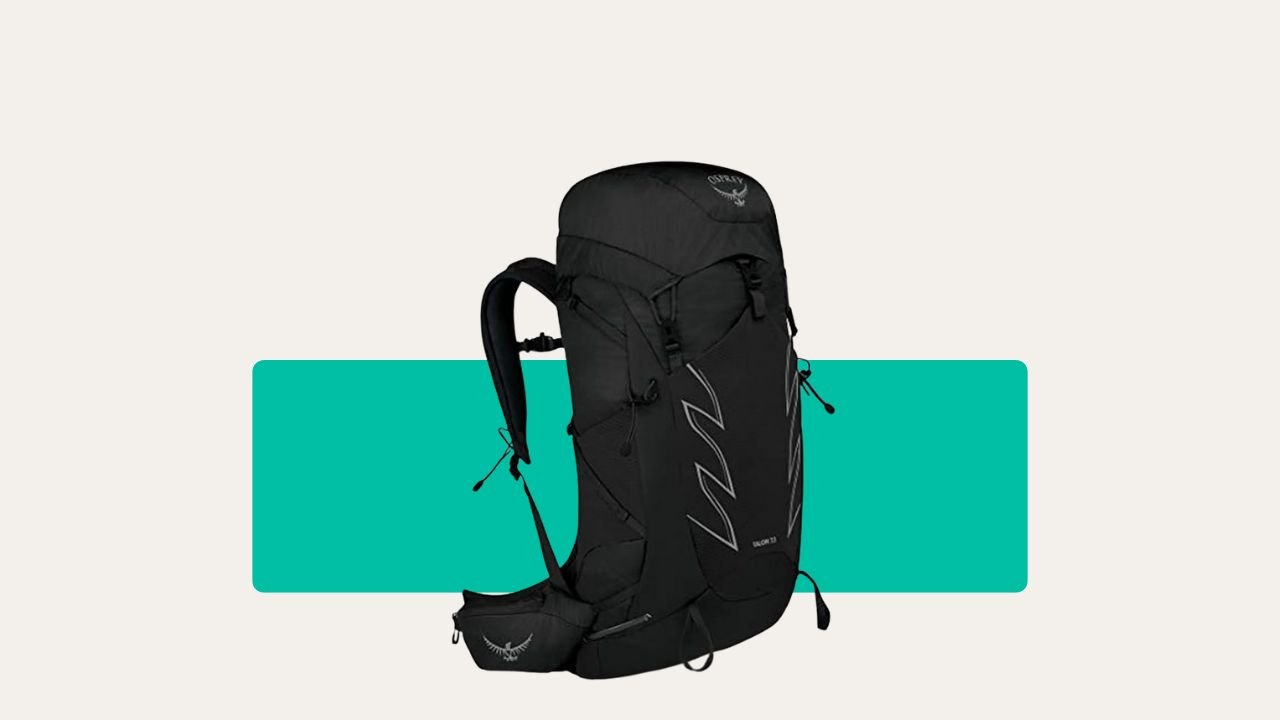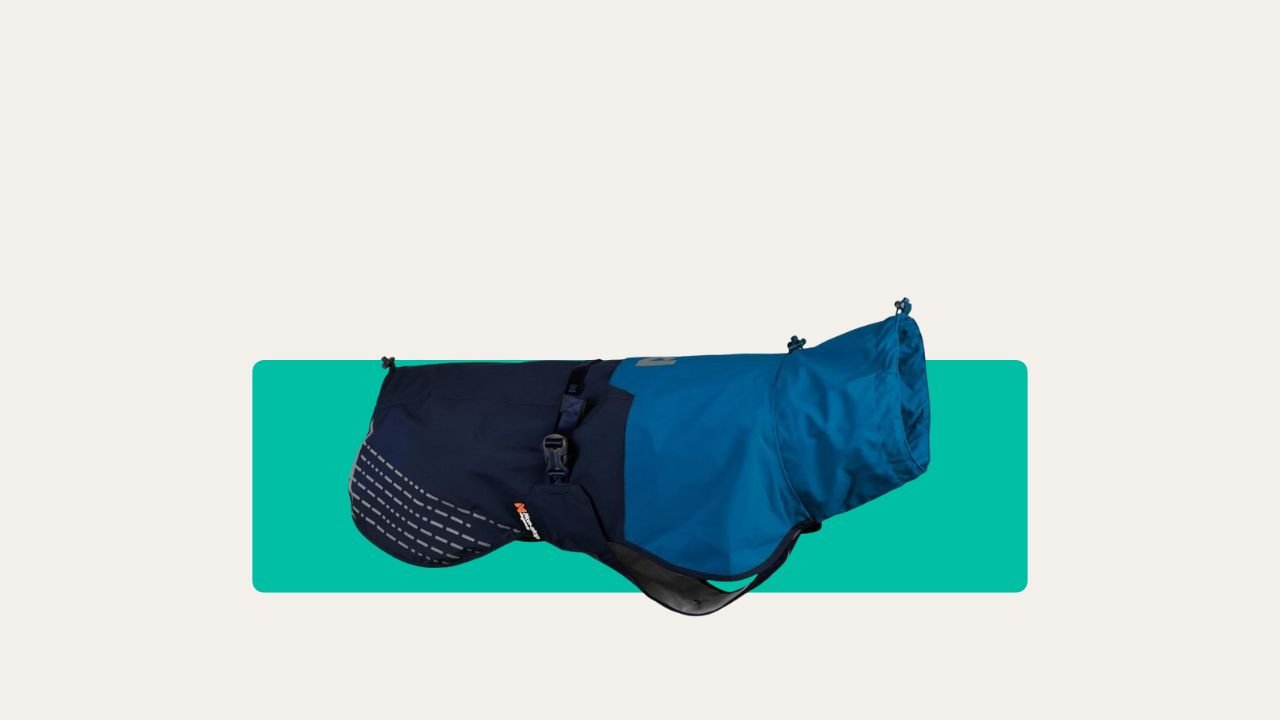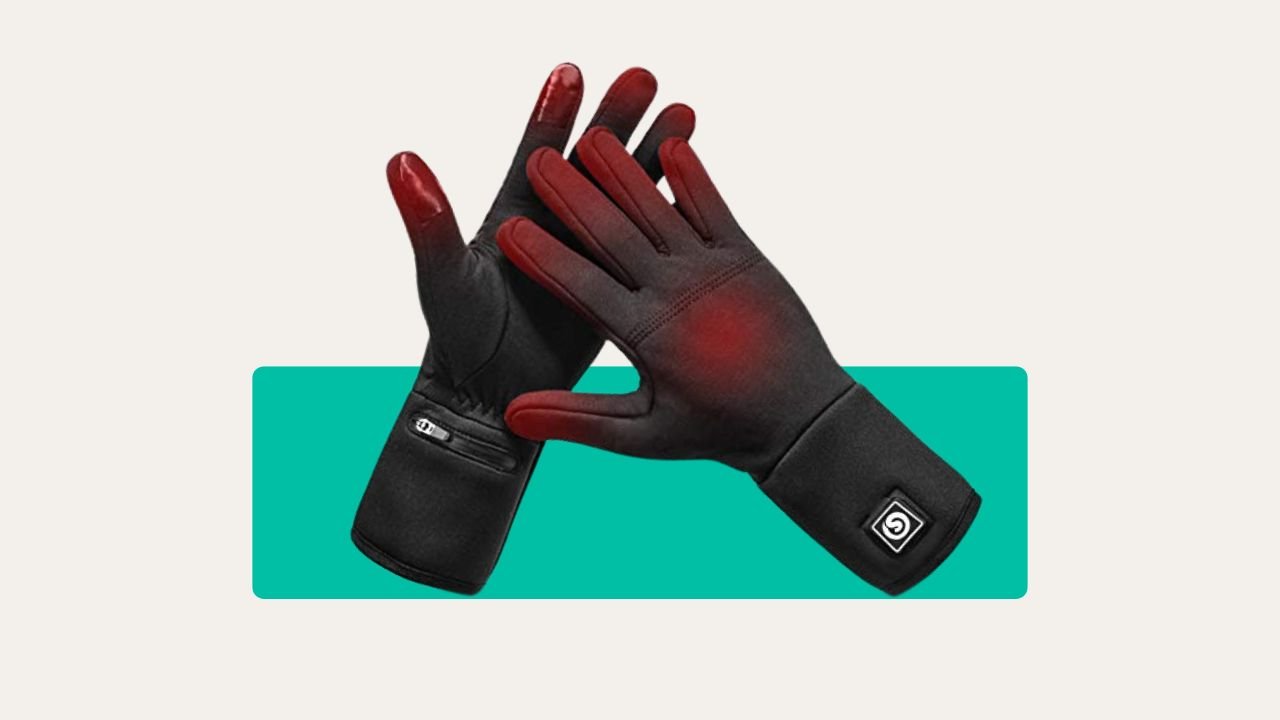Most people think if it says “waterproof,” you’re sorted. But I’ve seen too many soggy tents and jackets on Dartmoor trips to fall for that.
Waterproof fabric is not all the same. Let’s break down which types survive the rain, keep you comfortable, and are worth lugging into the wild.
Main Types of Waterproof Fabric: Know What You're Getting

If you get this wrong, you’ll either sweat like a boiled ham or shiver in a puddle. I’ve camped with all sorts—sometimes in the same gear that let me down twice. Here’s the real picture:
- Polyurethane Laminate (PUL): This is polyester with a polyurethane coating. Think waterproof changing mats, mattress protectors, or basic rain jackets. PUL is light, won’t crack in the wash, and is more breathable than most plasticky fabrics. Good for clothes or bedding where comfort and durability matter.
- Thermoplastic Polyurethane (TPU): Softer and a bit lighter than PUL. Usually lines high-end mattress covers or baby kit. TPU is a thumbs-up for eco-minded folk but, in my experience, can wear out faster if scrubbed too hard or left damp. Great for things close to skin.
- Polyester with PU Backing: This stuff is everywhere. Your cheap raincoat, pet beds, bargain rucksack—even some tents. There’s usually a waterproof layer glued to the back. Pick it for gear that needs regular cleaning and you don’t want to baby it.
- Extra-Long-Staple (ELS) Cotton: No—cotton is not all bad news! ELS cotton has a tighter weave and repels water better than your bog-standard T-shirt. It won’t keep you dry in a deluge but shrugs off drizzle and lets your body breathe. Some posh hiking shirts and casual “outdoor” trousers use it.
- Specialty Synthetics (Gore-Tex, Polartec NeoShell, etc.): The stuff technical jackets and serious tents are made from. A waterproof membrane sits between fabric layers, letting sweat out without letting rain in. I wore a battered Gore-Tex shell through a Lake District downpour once—the outside got soaked but I stayed bone dry.
Fabric Ratings: What Waterproof Scores Really Mean
You’ll see numbers like 5,000mm or 20,000mm plastered on tent bags and jackets. Here’s what they mean—because bigger isn’t always better.
Hydrostatic head (HH) tells you how much water pressure the material withstands before it leaks. The higher the number, the more “waterproof.” But higher ratings often mean less breathability—your kit turns into a sweaty sauna when you move.
| Rating (mm) | What It Means | Best For |
|---|---|---|
| 5,000 | Light resistance | Windbreakers, school run jackets |
| 10,000-15,000 | Good enough for steady rain | Day tents, hiking shells, UK camping |
| 20,000+ | Serious protection; heavy weather | Alpine kit, winter wild camps |
Here’s a lesson: I once sat through an all-night Dartmoor thunderstorm under a supposed “waterproof” 3,000mm fly. By sunrise, everything was damp—including me. Don’t trust low numbers if you’re heading anywhere really wet.
Popular Coatings and Treatments: How Do They Really Work?
There are four main ways fabrics fend off H2O. Knowing which you’ve got stops surprises in the field.
PU (Polyurethane) Coating: Found on most entry-level and mid-range gear. Makes a solid barrier out of your fabric. Fine for gear that doesn’t need to “breathe”—think bags, picnic blankets, seat covers.
TPU (Thermoplastic Polyurethane): Softer and greener than PU, and slightly better for stuff next to your skin. But don’t expect it to last as long under hard use.
DWR (Durable Water Repellent): This is a surface treatment. Water beads and rolls off. Most rain jackets have it when new, but it wears off with use (think jacket shoulders going soggy where your rucksack rubs). You can re-treat with sprays, but eventually, the base fabric’s waterproofness does the heavy lifting.
Membrane Tech (Gore-Tex, NeoShell): The king of keeping dry *and* breathing. These are complex, with billions of microscopic holes—each too tiny for water droplets, big enough for sweat vapour. Good kit costs more but keeps you comfortable on the move.
PU or TPU: Which One Works Best?
I get this question a lot. Here’s the short, honest take:
PU: Cheaper, tougher, less eco-friendly. If you need your kit to survive puppy claws or constant scrubbing, pick PU. I’ve used PU-backed groundsheets that still work after a decade.
TPU: Softer, lighter, greener (kind of). For bedding, baby products, or anything close to your skin, go TPU. But know you’ll likely need to replace it a bit sooner.
If you sniff your gear and it smells plastic and “chemical,” it’s probably PU. TPU has less odour and is less stiff. For home uses—like mattress covers—TPU is more comfortable. For rough camping, PU wins for longevity.
How To Match Fabric to Your Needs?
This is where most people trip up—buying the wrong thing for the job. I’ve done it myself, hiking in a £10 “waterproof” jacket that soaked through in twenty minutes.
Camping Gear (Tents, Groundsheets): Go for tough PU-coated polyester or a high-rated membrane fabric if you’re wild camping. For UK fields and festivals? Medium rating is plenty—unless you love sleeping in a puddle.
Clothing and Jackets: You want a balance. For energetic walks or hill days, go breathable—Gore-Tex or similar. For wet commuting, lower-rated PU is fine, as you’re not working up a sweat.
Home Use (Mattress Covers, Baby Gear): Comfort and washability matter most. TPU or PUL are safer and softer on the skin.
Breathability vs. Waterproofness: If you’ll be moving, don’t go ultra-high waterproof unless you enjoy the “plastic bag sauna” effect. My rule: Hiking = breathe. Sitting still = max waterproof.
Pros and Cons: Natural vs. Synthetic Waterproofs
I only made the switch to synthetic when my old waxed cotton trousers got heavier than my rucksack in a Welsh downpour. Here’s the rundown:
Natural Blends (Waxed Cotton/ELS):
- Pros: Comfy, breathes well, quiet (no rustle in the woods), old-school look.
- Cons: Need re-waxing, absorb water over time, heavier when wet. Not great for long wet spells.
Synthetics (Polyester, Membranes):
- Pros: Lighter, shrugs off constant rain, needs less care, dries fast, stays light.
- Cons: Can get sweaty, prone to “plastic feel,” louder if rustling annoys you, might break down in sun over years.
For reliable foul-weather protection, synthetics win most times—unless you prize that classic feel or need something silent for wildlife watching.
Care and Durability Tips

A good waterproof fabric can still fail if you neglect it. Here’s what I’ve learned the hard (and soggy) way:
Cleaning: Use non-bio detergent, NO fabric softener (that kills DWR). Hand wash or gentle cycle only. I’ve ruined a shell jacket in a hot wash—it lost all bead-up and clung to the rain after that.
Drying: Air dry is safest; tumble dry on low can restore DWR on some jackets (check the label).
Storage: Never store gear wet or you’ll get mildew. Even one damp night can stink out your whole kitbag.
Restoring DWR: Use reproofing sprays on worn jackets—focus on shoulders and hoods where wear shows. If water stops beading, it’s time.
Spot Repairs: Seam-sealant fixes pinhole leaks fast. Carry a tube for wild camps—it’s saved me after a night on sharp heather.
Waterproof Fabric Table: The Quick Compare
| Fabric Type | Waterproofing | Best Suited For | Pros | Cons |
|---|---|---|---|---|
| PUL | PU coating | Bedding, clothes | Washable, tough, versatile | Bit stiff |
| TPU | TPU lamination | Bedding, baby kit | Softer, eco-friendlier | Less rugged |
| ELS Cotton | Tight weave | Shirts, light trousers | Natural feel | Not fully waterproof |
| Gore-Tex/NeoShell | Membrane | Performance outerwear | Breathe + waterproof | Expensive |
| PU-Backed Poly | PU backing | Tents, rain gear | Durable, cheap | Non-breathable |
No More Guesswork: Choose Waterproof Gear with Confidence
Don’t get caught out in a squall with the wrong gear. Think honestly about how you’ll use it. Need your jacket to breathe on the fells? Spend more and go membrane. Kitting out a family tent for a wet campsite? PU coatings will last longer than you think.
Last tip: Always check those seams, zips, and closures—leaks rarely come from the fabric itself, but from the places gear is stitched and joined.
If you’ve soaked through in a “waterproof” before, you’re not alone. Now, you’ve got the smarts to pick gear that works—whether it’s a weekend in the Peaks or a restless night with the midges by the Broads.
You want to stay dry, breathe easy, and keep camping fun, not miserable. Stick to the right fabric for your needs. Trust your experience, not just the label. If you’re ever unsure, ask someone who’s camped in the worst the UK sky can throw. Chances are, we’ve learned it the hard way already.









